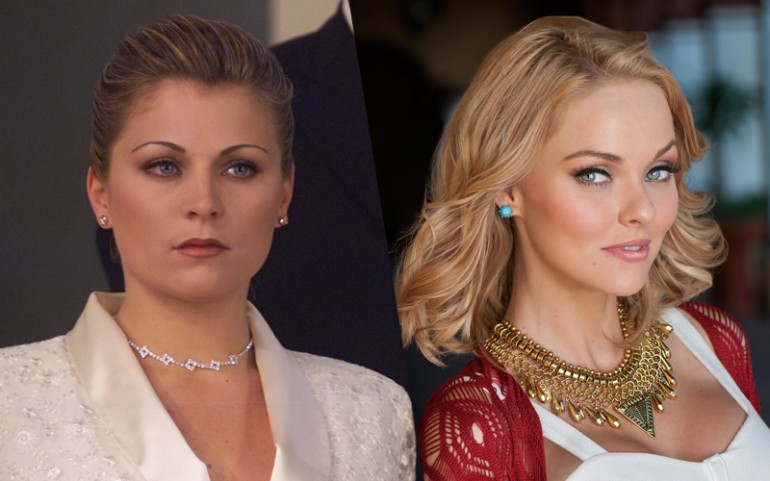A Look Into the Differences in the Two Rubí Telenovelas
For me, one of the most provocative things Dr. A mentioned in class was near the beginning of this semester when we were talking about representation and identity: “Telenovelas are mirrors of reality, and they make some issues bigger and others smaller.” This thought was always on my mind throughout the semester, and I used it as a lens to critique my telenovela, Rubí, and much of what we watched/talked about in class. I tried to pay attention to which parts of reality the original Rubí made big and which parts it made small. I did the same with the 2019 Rubí remake.
During our conversation with Chascas, he mentioned another idea that I thought went perfectly with this. From his perspective as a writer, he thinks one shouldn’t write about what makes oneself happy, but rather he should write about topics and themes which he is wrestling with. He teaches his students to write about what frustrates them: la piedra en el zapato. Write about it, and through writing, one can wrestle with their own thoughts and emotions towards that topic. So in regards to the fact that telenovelas are mirrors of reality and make some things bigger, each writer (and the producers and directors to a certain extent) determines which parts of reality to make bigger and which ones to make smaller, hopefully by choosing to wrestle con la piedra el zapato.
When considering both Rubi’s is it clear to me that Leonardo made a much more effective effort of diving deeper into the realities of each character's flaws- I think that was his “piedra.” Although he was tasked with re-writing an old telenovela, and therefore, had strict stipulations on what he could write about, he wrote the characters in a much more profound way. After watching both versions, I believe that the 2004 Rubí’s characters are very flat compared to 2019 Rubí’s characters which have a round characterization. I could explain this using any character, but I’ll use Héctor (Rubí’s best friend’s fiance, which she steals away to marry since he is rich, even though she loves someone else).
Both Hector’s have major character flaws. In the beginning they seem kind and compassionate, but as the story progresses, they each fall into a more sinister role. The original Hector is possessive and harasses Rubí after he finds out the truth about her. He does things like forcing her into sex and cutting her off from the outside world. He becomes a villain because of her. They both are motivated by jealousy and envy.
The new version of Hector is similar in many ways; he is possessive and harasses Rubí as well. But he takes it to a new level. It's almost as if Leonardo wanted to paint him in an even worse manner to help justify Rubí in her evil actions. This sort of characterization makes me feel like I have more of an inside scoop into what the characters are thinking and feeling. Instead of feeling motivated by just jealousy and envy, it seems Rubí is also motivated by her own safety and fear. Instead of Hector becoming a villain because of her, he becomes as much of a villain as her. He’s manipulative, deceitful and paranoid.
The public's reception of the two Rubí’s are interesting because most people prefer the original Rubí, but it's not because of the depth of characters and well written plot line; rather, it's because of their attachment to the physically attractive cast. When considering character development and depth of characterization, I believe that the 2019 Rubí has the original beat by a landslide. I think the way Leonardo portrays the realities of the characters and their flaws is much better than the original especially considering the condensed timeframe. I think his choice to make these “realities” bigger is a true testament to his talent in writing, and it gave Rubí a new profundity the old one was lacking.

Comments
Post a Comment